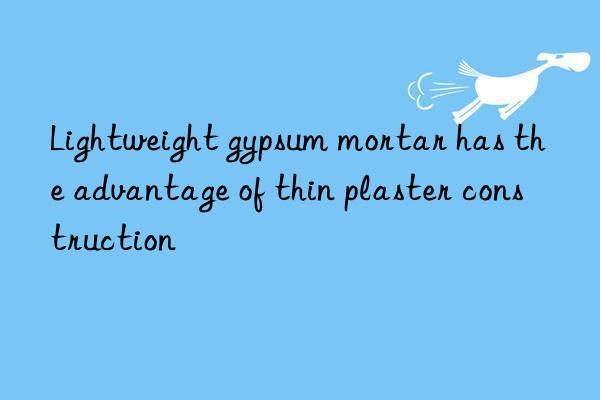
Lightweight gypsum mortar has the advantages of convenient construction, low loss, good hollow cracking control effect, energy saving and environmental protection, and can be used for thin plastering construction. Moreover, there are few common quality problems, which can reduce the cost of subsequent rectification. Gypsum mortar has poor stability in water and is not suitable for humid environments such as kitchens, bathrooms, exterior walls, and ceramic tiles.
The thickness of anti-crack mortar is about 3-5mm. After wiping a certain width, immediately press it into the mesh with a trowel. The overlap width between grids should not be less than 50mm. Press one side first, apply some anti-cracking mortar, and then press the other side. Dry grinding is strictly prohibited. The grid cloth should be laid flat without wrinkles, and the mortar fullness should reach 100%.
Gypsum mortar is easy to operate, reduces labor intensity, improves labor efficiency and reduces wet work. The thin thickness of the paint increases the net indoor area. Gypsum mortar will produce countless small pores during the entire process of hardening the base, which can reasonably adjust the environmental humidity and become a breathable wall, creating a good and comfortable living environment for residents.
When plastering the surface with plaster or mortar, clean the floor dust, pay attention to ventilation after calendering, and avoid washing the surface with water. After the construction is completed, remember to clean the plastering tools in time. Plastering with gypsum mortar can reduce the cost by about 10-15%, effectively reducing rework. It is a new technology and environmentally friendly product.
Thermal insulation mortar is a ready-mixed dry mortar made of various lightweight materials as aggregates, cement as binding agent, and an appropriate amount of modified admixtures. A building material used in the construction of exterior insulation.
</p



 微信扫一扫打赏
微信扫一扫打赏
